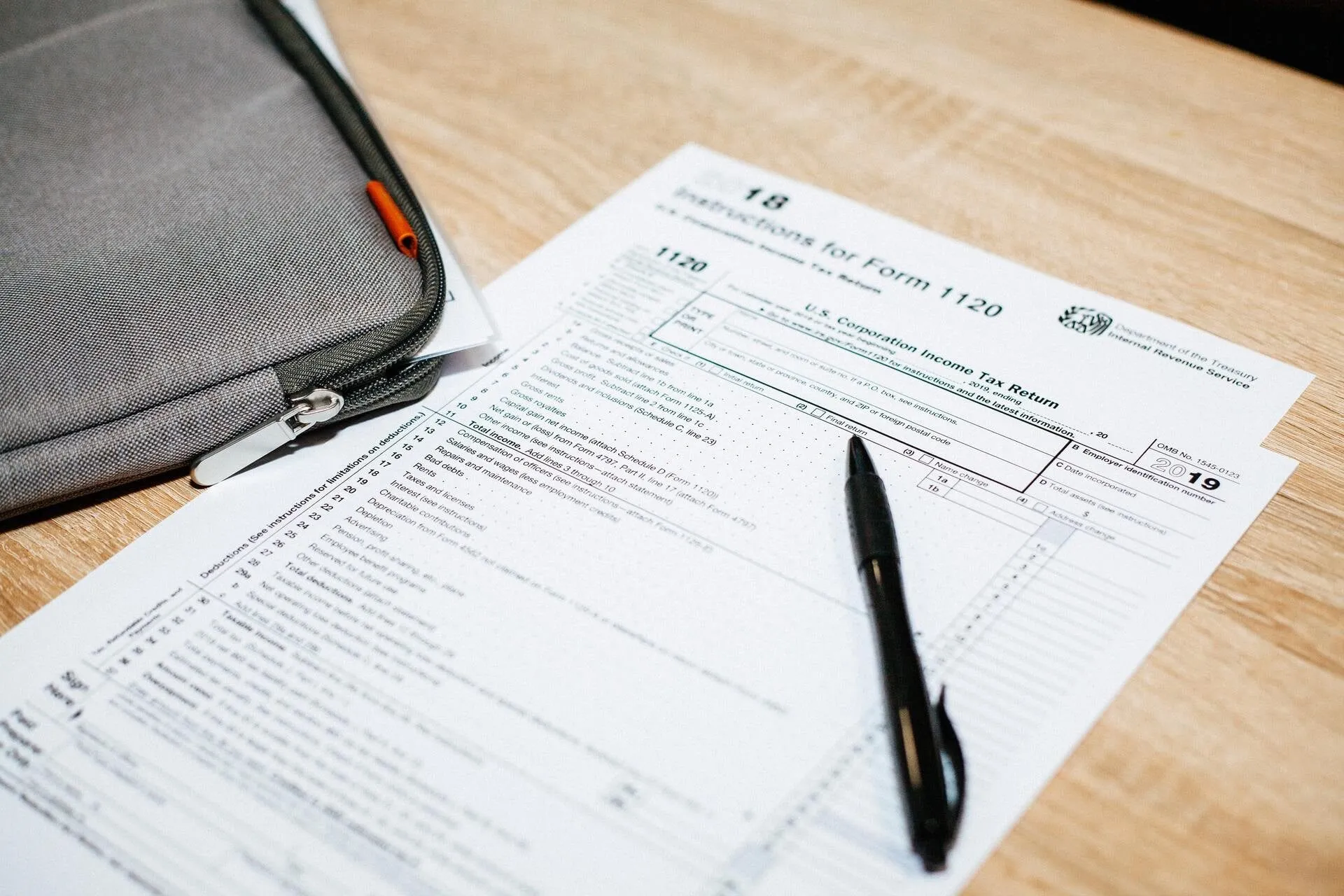1. Vague Goals Without Clear Characteristics
Setting financial goals without concrete characteristics is like sailing without a compass. Many people declare intentions like “I want to save more” or “I’ll spend less,” but these lack the precision needed for action. A strong goal includes three essential characteristics: a specific amount, a time frame, and a purpose.
Instead of saying “save money,” define it as: “Save $6,000 by December for a home office renovation.” This provides motivation, allows tracking, and directs behavior. Break annual goals into quarterly targets—for example, $1,500 every 3 months—and further into monthly amounts, like $500. This structure transforms vague intentions into measurable steps.
2. Budgeting From Memory: The Invisible Leak
Attempting to manage your finances from memory is like trying to hold water in your hands. Human attention is limited, and without a written or digital budget, expenses slip through unnoticed. A good financial plan includes a detailed, categorized budget that aligns with your actual income and goals.
- Fixed expenses (e.g., rent, insurance)
- Variable expenses (e.g., groceries, fuel)
- Savings contributions (both long- and short-term)
- Discretionary spending (e.g., entertainment, dining)
Use a percentage-based structure:
- 50% Needs
- 30% Wants
- 20% Savings and Debt Repayment
Review your budget monthly. Even a 10% overspend in one category, if unnoticed, can derail an annual plan.
3. No Emergency Fund: Financial Fragility
Another critical mistake is skipping the emergency fund. This fund is not a luxury—it’s a financial firewall. Without it, even small crises—a $400 car repair or a $1,000 medical bill—can push you into debt or derail progress.
Your emergency fund should cover 3 to 6 months of essential living expenses. For someone with $2,500 in monthly essentials (housing, food, transport), that means a target of $7,500 to $15,000. Start with a smaller milestone like $1,000 within three months, then grow it steadily.
Keep this money in a high-yield savings account or a separate checking account—accessible but not attached to your daily transactions.
4. Unstructured Debt Repayment: A Hidden Cost Spiral
Carrying debt without a clear repayment structure leads to long-term financial stagnation. Many people only pay the minimum, not realizing that it can take years—and thousands in interest—to eliminate balances.
Every financial plan should include a debt reduction strategy with measurable benchmarks. Two proven methods are:

- Snowball method: pay off the smallest balances first to build momentum.
- Avalanche method: focus on the highest interest rates first to minimize long-term cost.
Example characteristic:
- Pay $400/month toward credit card debt, with the goal to reduce total balance from $6,000 to $2,000 in 12 months.
Track progress monthly and celebrate milestones. Progress creates motivation.
5. Static Planning: Ignoring Life’s Dynamics
Many treat their financial plan as a set-it-and-forget-it document. But life evolves—salaries change, family needs shift, emergencies arise. A static plan quickly becomes irrelevant or harmful.
Your plan should include quarterly reviews, scheduled like any important meeting. Use this time to reassess:
- Has your income changed?
- Are your savings on track?
- Do your goals still reflect your priorities?
Flexibility is a financial superpower. For instance, if income increases by 10%, redirect 5% to savings and 5% to discretionary spending. Keep the structure stable, but let the content breathe with life.
How to Build a Year-Long Financial Plan
A strong annual plan has four core pillars:
- Defined Goals (with amount, deadline, and purpose)
- Structured Budget (monthly allocations by category)
- Emergency Resilience (a separate fund with a savings schedule)
- Debt Strategy (clear, trackable payoff plan)
Incorporate seasonal expenses (holidays, school fees, annual subscriptions), irregular income, and personal values (such as travel, education, or family). Track your progress using digital tools, a spreadsheet, or a paper ledger.
- January–March: Build $1,000 emergency fund
- April–June: Pay off $1,500 of highest-interest debt
- July–September: Save $2,000 for vacation
- October–December: Contribute $1,200 to long-term investments
Intentionality, Not Perfection
Personal finance isn’t about achieving perfection—it’s about making intentional, informed decisions consistently over time. Mistakes will happen. Some months will fall short. The key is to realign and continue forward.
Avoiding the five mistakes above—and integrating characteristic-based planning—can bring clarity, reduce stress, and build long-term resilience. Start with honest assessment, build structure, and let your plan evolve with you.























